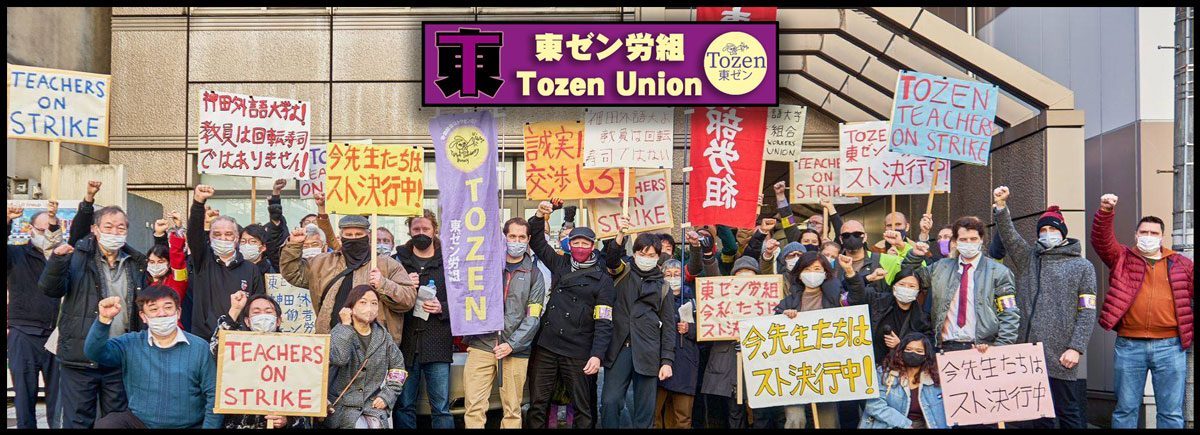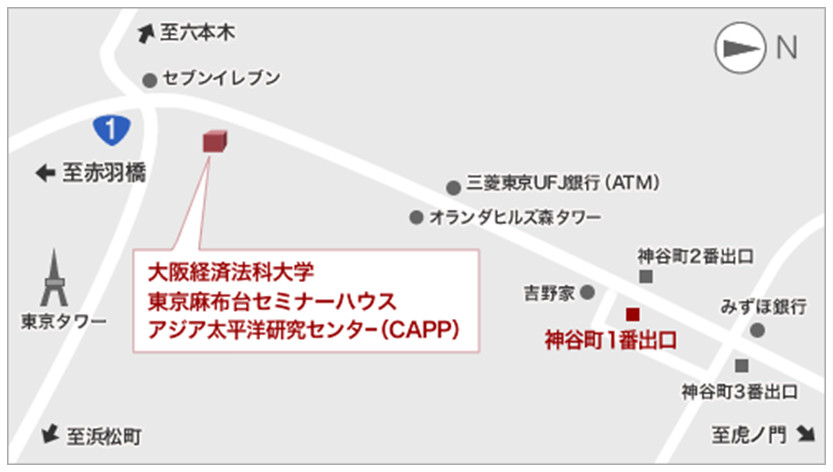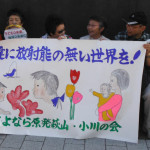
Saints or sinners?: Some media outlets and politicians appear to be apoplectic over the decision by some state school teachers to retire months early to safeguard potentially millions of yen in severance pay. | AP
Story originally published in Japan Times
“Teachers quitting before graduation?!” the headlines screamed as we headed into the new year.
Traditionally, Japanese teachers head into retirement after March school graduations. However, this January, many teachers left their posts ahead of time, in a wave of resignations that began in Saitama and spread across Japan.
But why?
The story begins with teachers’ severance payments — specifically, the Yoshihiko Noda Cabinet’s decision in August last year to drastically reduce them. The move by the last Democratic Party of Japan-led administration came in response to a fiscal 2010 study of public-sector pension obligations that found the average central government employee’s severance payment was ¥4 million more than that of private-sector workers.
The Ministry of Internal Affairs and Communications ordered local governments to “make cuts in line with those to central government employees.” However, as the ministry did not specify when these measures were supposed to be taken, the local governments have implemented them at different, haphazard times.
The results have been chaotic. Coming back to Saitama, the local government there has decided to reduce all severance payments from February, with the difference in retirement payments for teachers before and after that time coming to roughly ¥1.4 million.
The result is — apparently unexpectedly — that of the 1,290 teachers due for retirement this year, 104 are choosing to retire in January.
The effects of this will also extend beyond teachers to police officers and other civil servants.
Here, let’s step back for a moment and think about what place teachers occupy in our society today. I can’t help but think there’s something strange going on.
Take, for example, what the new minister of education, Hakubun Shimomura, said in response to reports of early teacher retirements: “Teachers ought to put students first and stay at their posts through the end of the school year.” Or Councilor Satsuki Katayama, also of the newly elected Liberal Democratic Party, who blasted teachers in a blog posting last month: “(If highly paid local government employees had stopped these measures), the national government would have been unable to make savings of ¥10-20 billion, and local governments would be unable to make nearly ¥100 million worth of savings. . . . Have people lost all honor? Is there no goodness left in mankind?” (Note that Katayama seems to have no problem with “highly paid” public servants such as herself.)
Even at the best of times, public-servant-bashing is a popular political pastime. However, it is becoming dangerously entwined with a “myth of the teacher-martyr” — that is, the idea that teachers should spare not a thought for such worldly concerns as money, and put their school and students at the absolute front and center of their lives.
With all this, one cannot help but think that the teachers who are retiring early this year are among the most brazenly selfish human beings gracing God’s green Earth. And, by implication, that the teachers staying on must be simply wondrous.
But somehow that seems a bit much.
First, as painfully obvious as it may be, it’s worth remembering that teachers are workers. And in light of the martyrization of Japanese teachers currently going on, I wonder what impression is being pressed into the minds of today’s young Japanese.
Can it possibly be good for Japan if the first thing that tomorrow’s workers learn about adult life is that you positively should sacrifice yourself to your job? What would happen if they emerge into adult life and find themselves working under terrible conditions? Will they make use of their rights to improve things for themselves and their fellow workers? Or will they think back to their teachers and the example they set, and grin and bear whatever newer and more ridiculous abuses come their way?
Today’s teachers are burdened with myriad challenges, ranging from bullying to dealing with monster parents, from coping with students who become hikikomori (children who withdraw completely from society) to acting as guidance counselors for students facing the complexities of the modern world. Countless teachers are taking sick leave due to mental health issues, committing suicide or simply dying from overwork. And if society forces teachers to adhere to unrealistic standards of perfection, then it will leave them all the more with no alternative to these drastic measures.
To put it another way, if teachers are being forced to literally sacrifice themselves to create a fun and positive learning environment, how fun, positive or educational could that environment possibly be? If we want children to grow up to enjoy full and meaningful lives, shouldn’t the adults we pay to set them a good example themselves enjoy full and meaningful lives?
And if that’s the case, shouldn’t teachers have decent and secure working conditions (and here I’m not just talking about salaries)? “Education = sainthood = forced martyrdom” doesn’t really achieve any educational aim in any way, shape or form.
Here I want to come back to severance. A severance payment is a reward for many long years of service, so, in contrast to regular pay, you can only claim it when you retire. While there are cases when changes in management or labor-management relations can bring about changes in severance agreements, it seems only logical that promises about severance made when a work contract is signed shouldn’t be able to be changed part-way through.
In Japan, when work regulations or labor-management agreements are concluded, severance payments are treated as “deferred wages.” Because of their crucial role in providing for daily life in old age, it is completely unacceptable to allow reductions in severance to be made easily.
While it is legal to make reductions to severance during regular negotiations over wages, case law stipulates that due to the above considerations, this is allowable only in cases of “extreme need” (Omagari-shi Agricultural Cooperative Case, Supreme Court ruling, Feb. 16, 1988).
To consider some concrete examples, we could look at the famous 1983 ruling against Mikuni Hire, where the Supreme Court found that the company’s reduction in severance payments was unreasonable because it didn’t provide sufficient compensation.
In another famous ruling against Michinoku Bank in 2000, the Supreme Court found the company’s cuts to be unreasonable due to a lack of transitional measures put in place for employees and, again, insufficient compensation in exchange for the cuts.
At any rate, it seems no protest was made by unions in the face of the remarkable cuts made to teachers’ severance pay. As teachers are local government employees, they are covered by Article 52, Paragraph 1 of the Local Public Service Law. Under this law “employee organizations,” which are unions in fact if not in name, are charged with representing the interests of workers.
It is at precisely such a time that unions should be fighting tooth and nail to preserve education workers’ rights. And from there, if they can fight to preserve not only teachers’ rights, but also the rights of all their fellow workers, then that would open up the possibility of changing not just a single industry, but the whole world.












